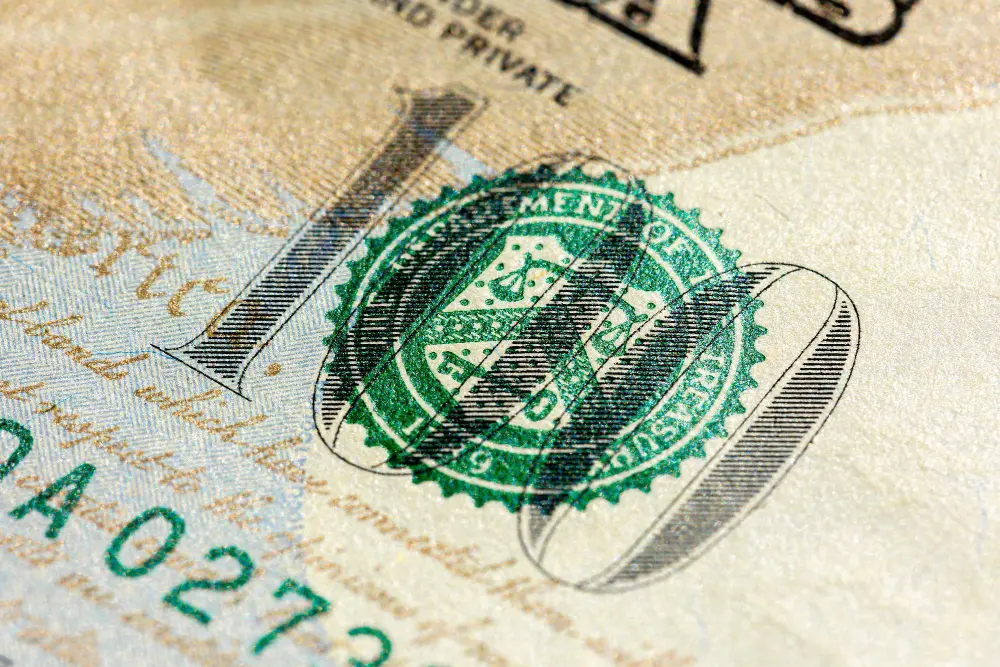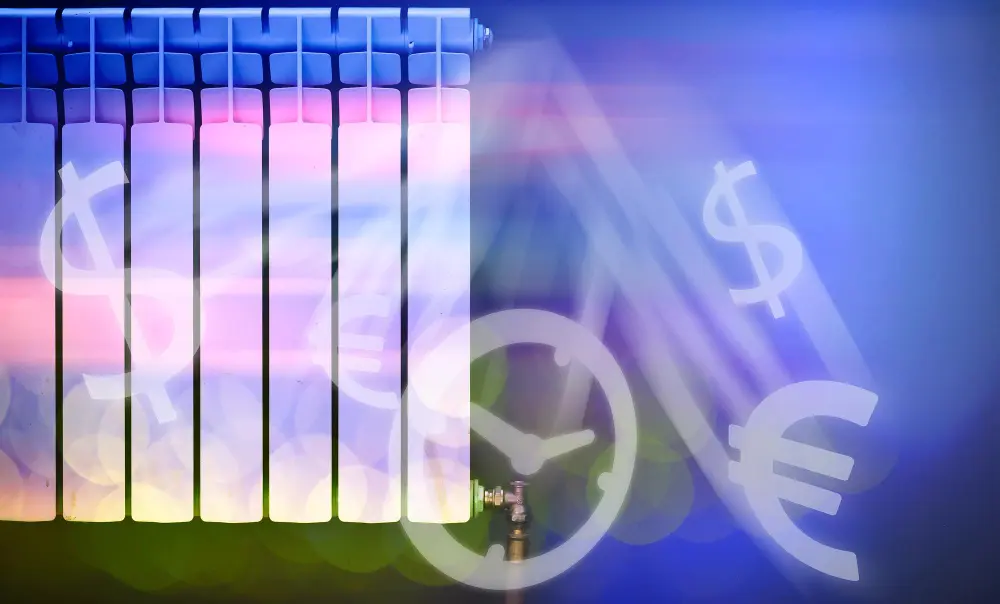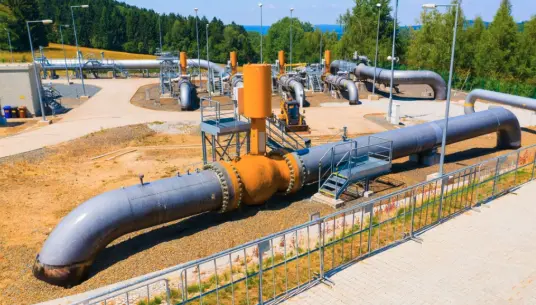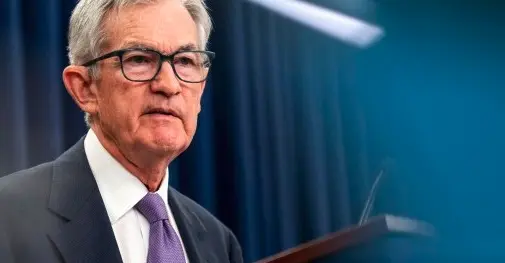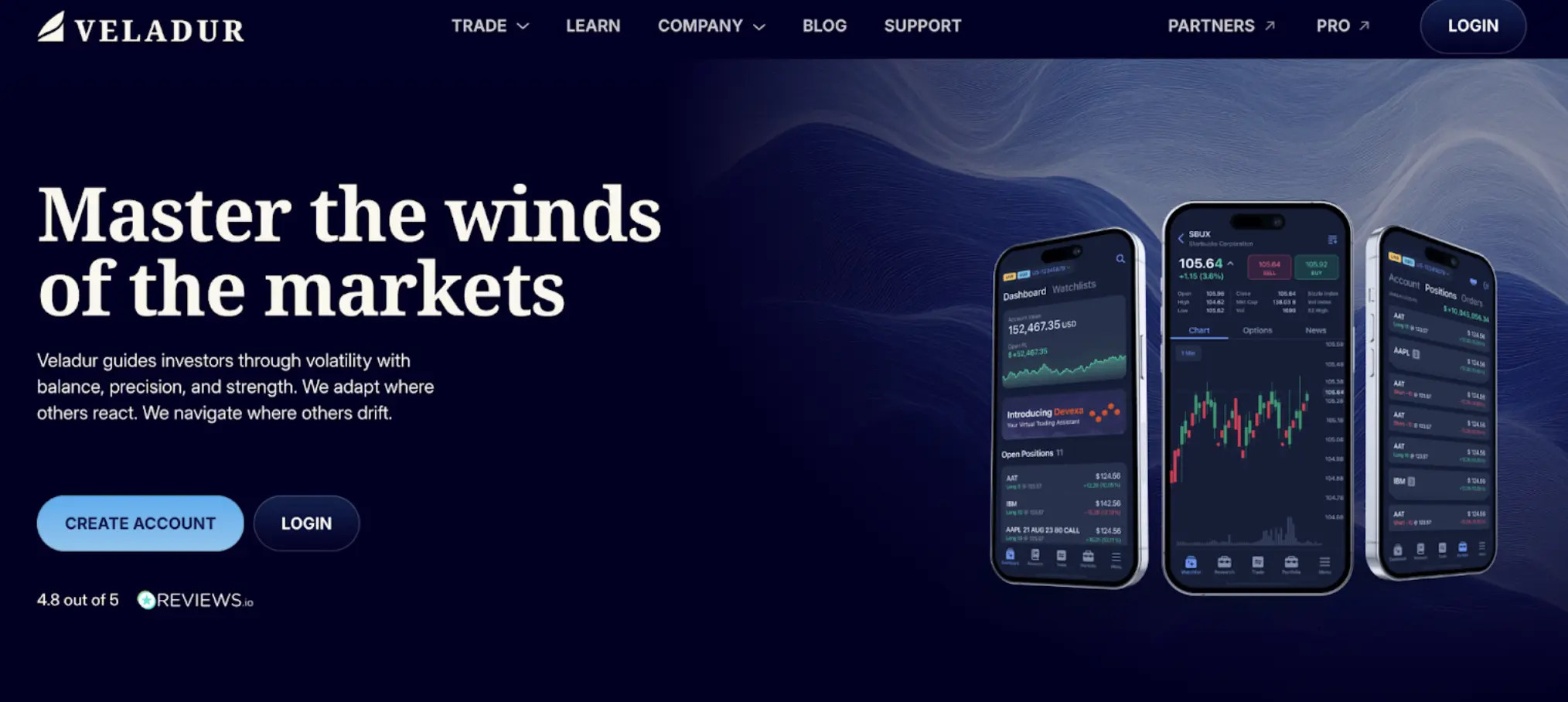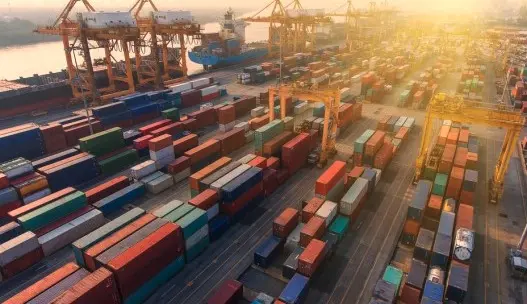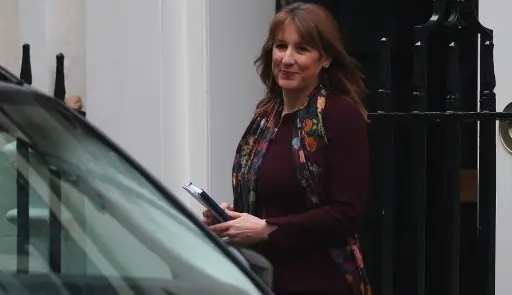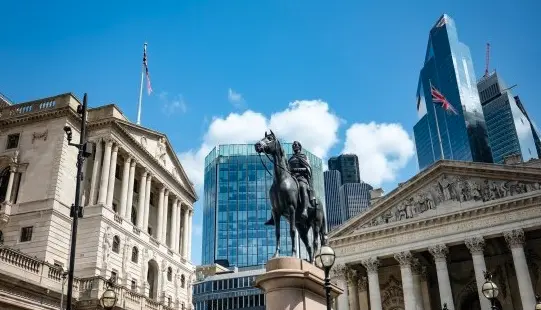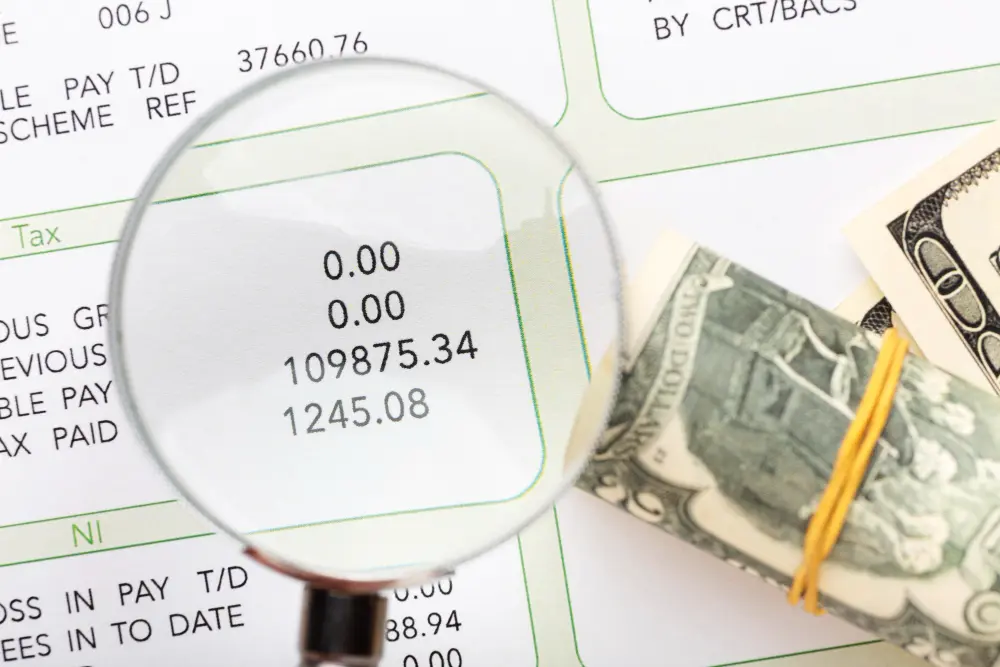Energy - European Commission proposes TTF cap level
The oil market benefited from a broader rally of risk assets yesterday with ICE Brent settling more than 1% higher. The market would also have taken comfort from other OPEC+ members also denying reports that the group was looking to increase supply at its next meeting on 4 December. The market is trading firmer in early morning trading in Asia after API data released overnight showed that US crude oil inventories fell by 4.8MMbbls, which was more than the roughly 2.6MMbbls draw the market was expecting. In addition, gasoline inventories are reported to have declined by 400Mbbls, whilst distillate stocks increased by 1.1MMbbls over the week.
Expectations are that the G-7 will soon announce the level at which they intend to set the price cap on Russian oil. There are reports suggesting that the cap could be set at around US$60/bbl. This would not be too far away from the current price that Russia is receiving when taking into consideration the discount that Urals currently trades to Brent.
The European gas market strengthened yesterday with TTF settling a little more than 3% higher on the day. This strength is due to growing supply risks, since Gazprom has threatened to reduce gas flows via Ukraine. However, for now, this is an issue between Russia, Ukraine and Moldova. Gazprom is claiming that Ukraine is keeping gas which is meant to go to Moldova and so is threatening to reduce flows by an amount that corresponds to the volume they believe Ukraine is keeping. Therefore, this shouldn’t have an impact on flows via Ukraine to the EU. However, there is always the risk that the situation escalates, which could have an impact on a larger share of gas flows that go through Ukraine.
The European Commission yesterday proposed the levels at which they want to cap TTF gas futures and the conditions which would need to be met in order to do so. The Commission has proposed setting the cap for TTF at EUR275/MWh, which is above the current price of EUR120/MWh, but still below the highs seen back in August. In order for the cap to be triggered, front-month TTF futures need to trade above EUR275/MWh for two weeks and TTF prices need to be more than EUR58/MWh above the LNG market for 10 consecutive days in this 2-week period. Obviously, the higher the cap the smaller the impact this intervention will have on the European gas market. The risk has been that the price cap could see the trade moving from the exchange to the over-the-counter market, given that the latter would be excluded from the cap. This would not only mean lower liquidity in the market but also less transparency.
Metals – Platinum to shift to deficit for the first time since 2020
The latest data from World Steel Association shows that global steel output remained unchanged YoY at 147.3mt in October, as production gains from Asia and the Middle East were offset by output losses from Europe, Russia and Ukraine. Cumulatively, total output fell 4% YoY to 1,553mt in the first ten months of the year. Meanwhile, Chinese steel production gained 11% YoY to 79.8mt in October, despite efforts by local authorities to curb output. However, from Jan’22-Oct’22, steel output in China declined 2.2% YoY to 861mt. Among other Asian nations, India’s steel output rose 2.7% YoY to 10.5mt last month, while YTD production also increased 6.1% YoY to 103.8mt in the first ten months of the year.
The World Platinum Investment Council forecasts the global platinum market to shift to a deficit of 303koz (for the first time since 2020) in 2023 following higher demand from the automotive industry. This compares to an estimated supply surplus of 804koz for the current year. Total consumption is expected to rise by 19% YoY to 7.8moz, whilst global supply is forecast to increase only by 2% YoY to 7.5moz in 2023. The group forecasts automotive demand for platinum to rise by 3.3% YoY to 3.3mt, whilst jewellery demand should remain flat at 2mt next year. Industrial demand is expected to rise by 10% YoY to 2.3mt while ETF demand will continue to remain weak next year.

